解説 / Description
アヌビアス・ナナは、西アフリカ原産のサトイモ科の水草で、アクアリウムの世界で最もポピュラーな種の一つです。その強健さ、低い光量への耐性、そして成長が非常に緩やかであることから、初心者から上級者まで幅広く愛されています。最大の特徴は、岩や流木に根を張って成長する「活着」という性質です。組織内にシュウ酸カルシウムを含むため、多くの草食性の魚から食べられにくいという利点も持っています。その濃い緑色と硬質な葉は、レイアウトに力強いアクセントを加えます。 Anubias nana is one of the most popular aquatic plants in the aquarium world, belonging to the Araceae family and native to West Africa. Its hardiness, tolerance for low light, and extremely slow growth make it a favorite among aquarists of all levels, from beginners to experts. Its most significant characteristic is its ability to “attach” (epiphytic growth) to rocks and driftwood. Containing calcium oxalate crystals in its tissues, it also has the advantage of being unpalatable to many herbivorous fish. Its dark green, tough leaves add a strong accent to any aquascape.
基本情報 / Basic Information
| 学名 / Scientific Name | Anubias barteri var. nana |
|---|---|
| 通称 / Common Name | アヌビアス・ナナAnubias Nana, Dwarf Anubias |
| 分類 / Family | サトイモ科 (Araceae)Araceae |
| 分布 / Distribution | 西アフリカ(カメルーンなど)West Africa (e.g., Cameroon) |
| 育成難易度 / Difficulty | やさしいEasy |
育成環境 / Cultivation Environment
| 光量 / Light | 低〜中光量。強い光はコケの発生原因となるため避けます。Low to medium light. Strong light should be avoided as it can cause algae growth. |
|---|---|
| CO2添加 / CO2 Injection | 必須ではありませんが、添加すると成長が促進され、コケの予防にも繋がります。Not essential, but adding CO2 will promote growth and help prevent algae. |
| 水質 / Water Quality | 弱酸性〜弱アルカリ性(pH 6.0-8.0)、軟水〜中硬水。適応範囲は非常に広いです。Slightly acidic to slightly alkaline (pH 6.0-8.0), soft to moderately hard water. It has a very wide range of tolerance. |
| 底床 / Substrate | 根茎を底床に埋めると腐敗するため、植え込みません。流木や石に活着させて育成するのが基本です。Do not plant the rhizome in the substrate as it will rot. It should be attached to driftwood or rocks for growth. |
レイアウト / Layout
| 配置 / Positioning | 前景〜中景。流木や石の根元、あるいは他の水草の陰になるような場所に配置するのが適しています。Foreground to midground. It is suitable for placement at the base of driftwood, rocks, or in the shade of other aquatic plants. |
|---|---|
| 注意点 / Precautions | 育成における最大のルールは「根茎(太い茎の部分)を底床に埋めない」ことです。埋めると窒息して腐敗し、株全体が枯死する原因となります。The most important rule in cultivation is “do not bury the rhizome (the thick stem part) in the substrate.” Burying it will cause it to suffocate and rot, leading to the death of the entire plant. |
増やし方(トリミング) / Propagation & Trimming
| 増やし方 / Propagation | 株分けで簡単に増やせます。成長した根茎を、清潔なハサミやカッターで切り分けます。切り分けた各株に、最低でも葉が3〜5枚程度付いているようにするのが成功のコツです。It can be easily propagated by division. Cut the grown rhizome with clean scissors or a cutter. The key to success is to ensure each divided section has at least 3-5 leaves. |
|---|---|
| トリミング / Trimming | 成長が遅いため頻繁なトリミングは不要です。古くなって黄色くなった葉や、コケがひどく付着した葉を、根茎の付け根から切り取ります。Frequent trimming is not necessary due to its slow growth. Cut off old, yellowed leaves or leaves heavily covered in algae at the base of the rhizome. |
病気と対策(コケなど) / Pests & Algae
| かかりやすい病気 / Common Issues | 最大の病気は、根茎を埋めることによる「根茎腐敗病」です。また、成長が非常に遅いため、葉の表面に斑点状の緑ゴケや黒ひげゴケが付着しやすいのが最大の課題です。The biggest “disease” is rhizome rot caused by burying the rhizome. Also, due to its very slow growth, the biggest challenge is the tendency for green spot algae and black beard algae to grow on its leaf surfaces. |
|---|---|
| 対策と予防 / Prevention | コケ対策として、ヤマトヌマエビやオトシンクルスなどの藻類を食べる生物を導入するのが非常に効果的です。強い光を避け、水質を安定させ、栄養過多にならないように管理することも重要です。発生してしまった頑固なコケは、木酢液を薄めて塗布することで除去できます。Introducing algae-eating organisms like Amano shrimp or Otocinclus catfish is very effective for algae control. It is also important to avoid strong light, maintain stable water quality, and prevent excess nutrients. Stubborn algae can be removed by applying diluted wood vinegar. |
特徴と豆知識 / Behavior and Fun Facts
| 特徴 / Characteristics |
【魚に食べられない】葉が硬く、組織内に魚にとって苦味となるシュウ酸カルシウムを含むため、多くの草食魚から食害を受けにくいです。 【水中でも開花】水草としては珍しく、完全に水中に沈んだ状態でも開花することがあります。サトイモ科特有の仏炎苞に包まれた白い花を咲かせます。 【残留農薬に注意】ポット売りの輸入品は、害虫駆除のための農薬が残っている場合があります。特にエビがいる水槽に導入する際は、「水草その前に」などの処理剤で薬抜きを行うか、無農薬が保証された組織培養品を選ぶのが安全です。 【Not Eaten by Fish】The leaves are tough and contain calcium oxalate, which is bitter to fish, making it resistant to being eaten by many herbivores. 【Flowers Underwater】Unusually for an aquatic plant, it can flower even when fully submerged, producing a white spadix flower typical of the Araceae family. 【Caution with Pesticides】Imported potted plants may have residual pesticides used for pest control. When introducing them into a tank, especially with shrimp, it is safe to use a treatment like “Mizukusa Sono Mae ni” to remove pesticides or choose tissue-cultured products guaranteed to be pesticide-free. |
|---|
まとめ / Conclusion
アヌビアス・ナナは、その強健さと育てやすさから、アクアリウムの入門種として最適です。しかし、その真の魅力は、成長が遅いからこそ長期にわたってレイアウトを維持でき、時間と共に流木や石と一体化していく「侘び寂び」の世界観にあります。育成の絶対的なルールである「根茎を埋めない」ことさえ守れば、失敗することはほとんどありません。 Anubias nana is an ideal introductory plant for aquariums due to its hardiness and ease of care. However, its true charm lies in the “wabi-sabi” aesthetic it creates, maintaining a layout for a long time due to its slow growth and gradually integrating with driftwood and rocks. As long as you follow the absolute rule of “not burying the rhizome,” failure is almost impossible.
コケの付着という課題は、水槽全体の生態系バランスを考える良い機会を与えてくれます。アヌビアス・ナナを美しく維持することは、アクアリストの技術と観察眼の成熟の証と言えるでしょう。The challenge of algae growth provides a good opportunity to think about the overall ecosystem balance of the aquarium. Maintaining Anubias nana beautifully can be seen as a testament to an aquarist’s skill and observation.

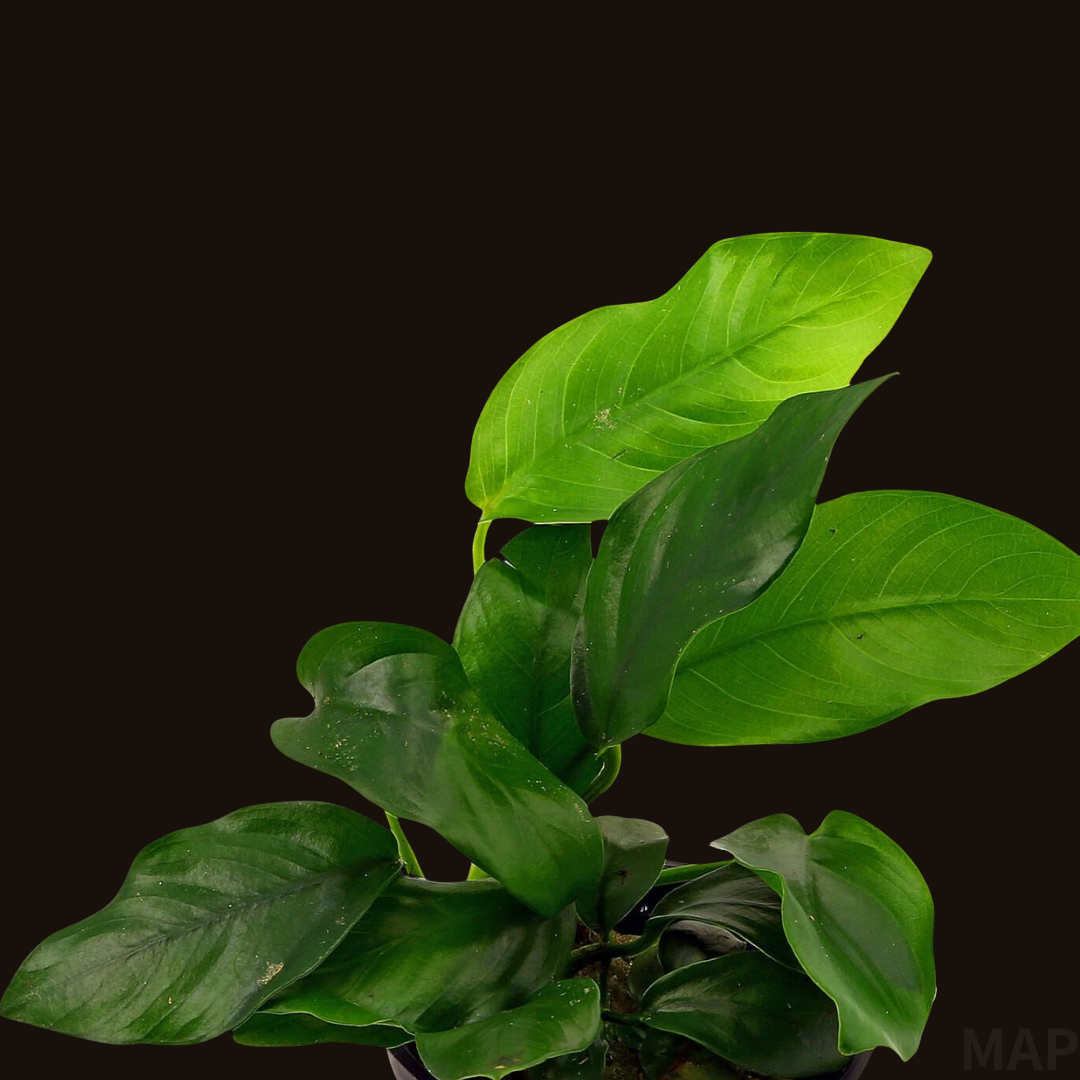






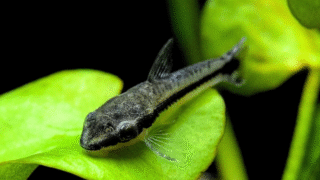
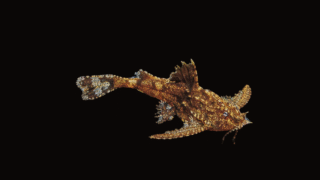
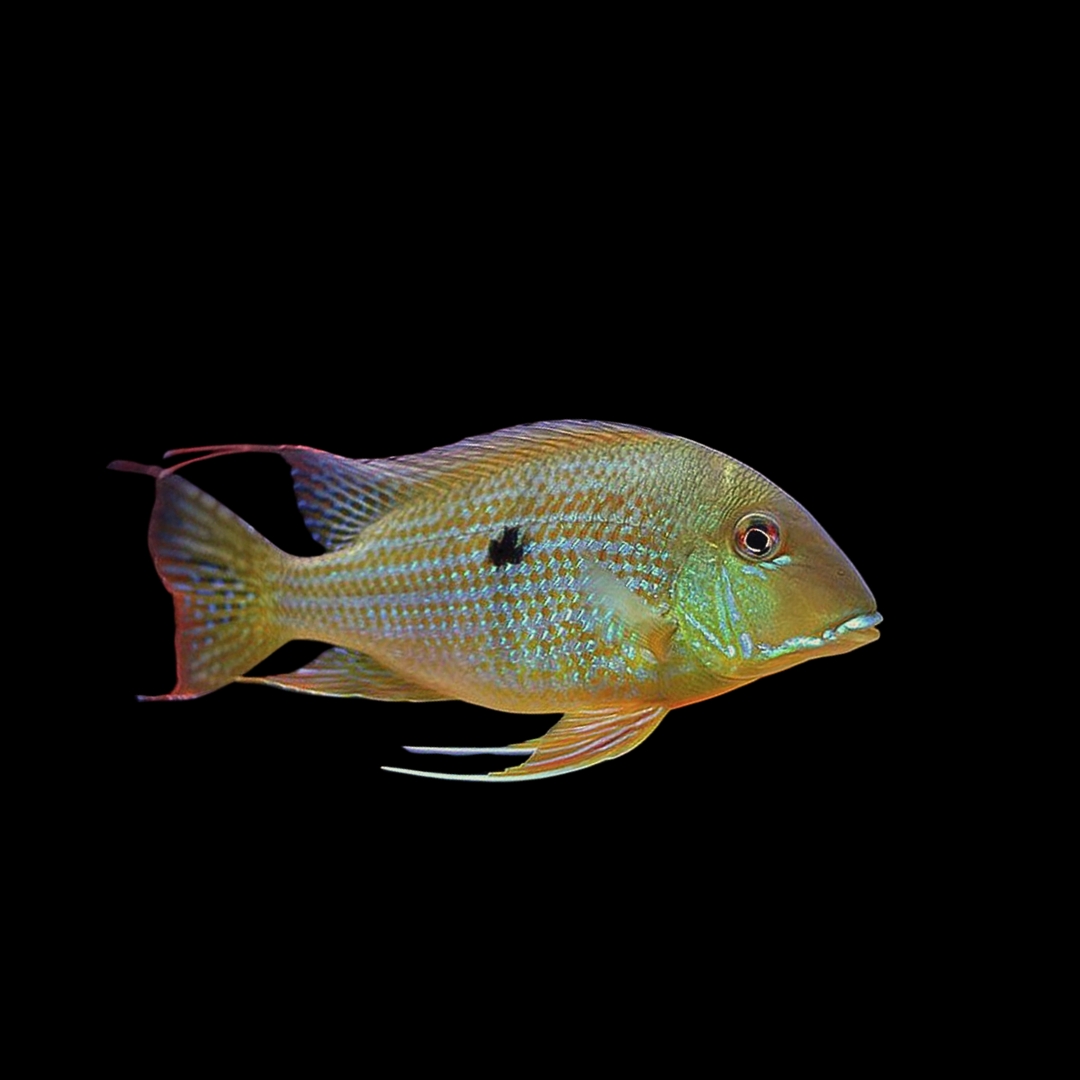
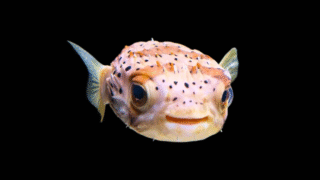
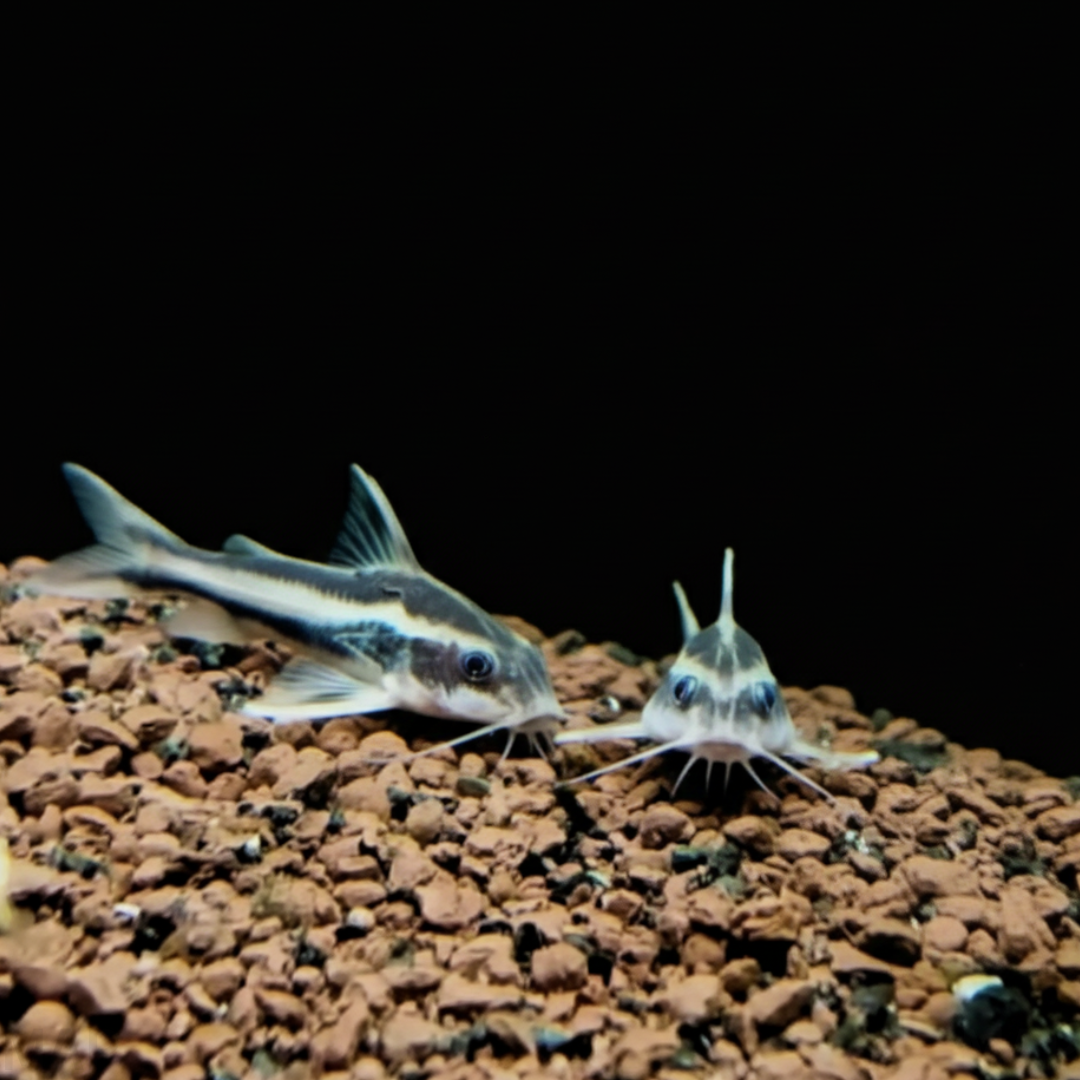
コメント